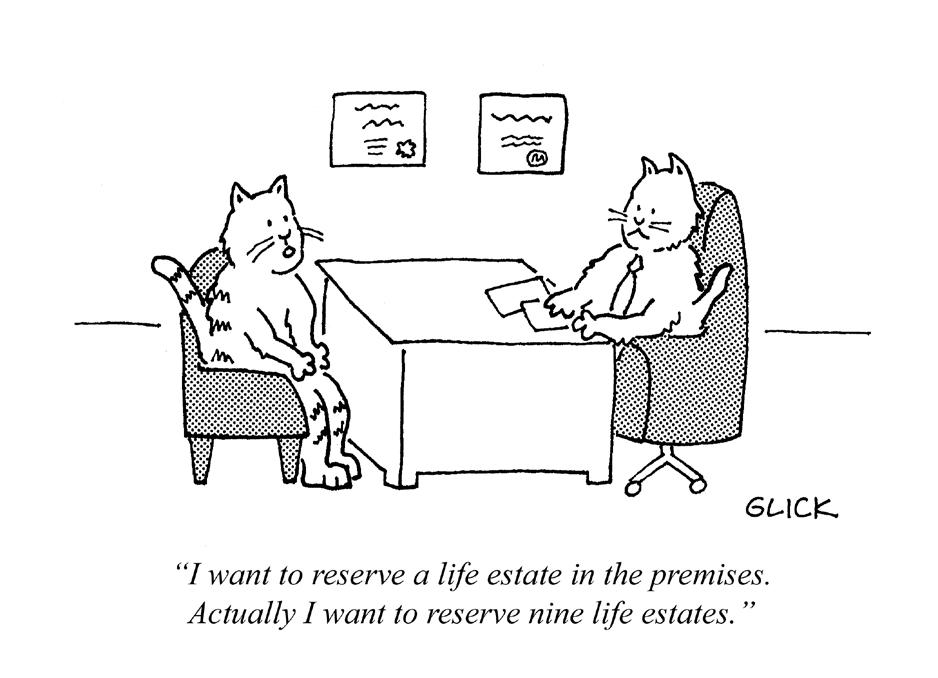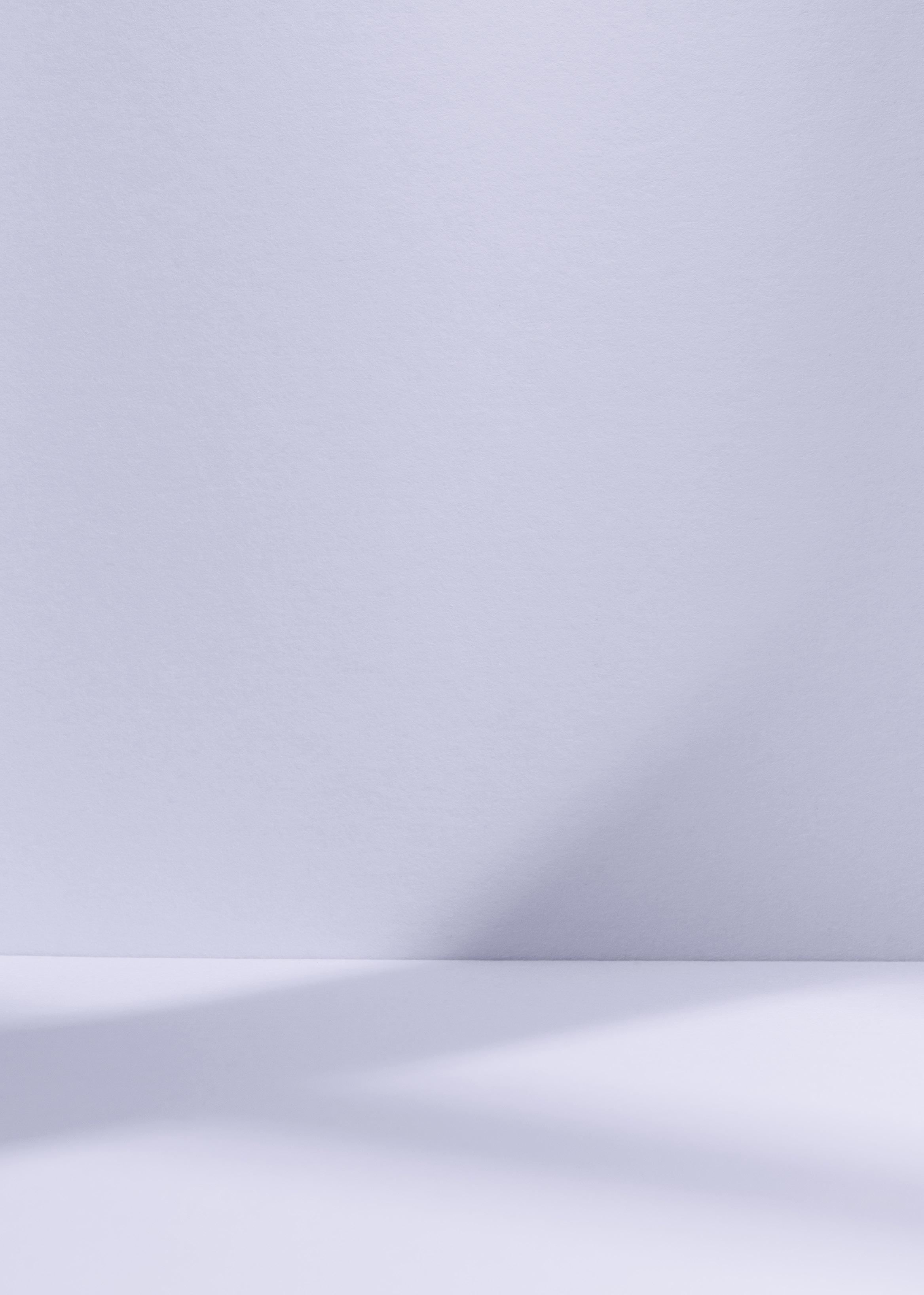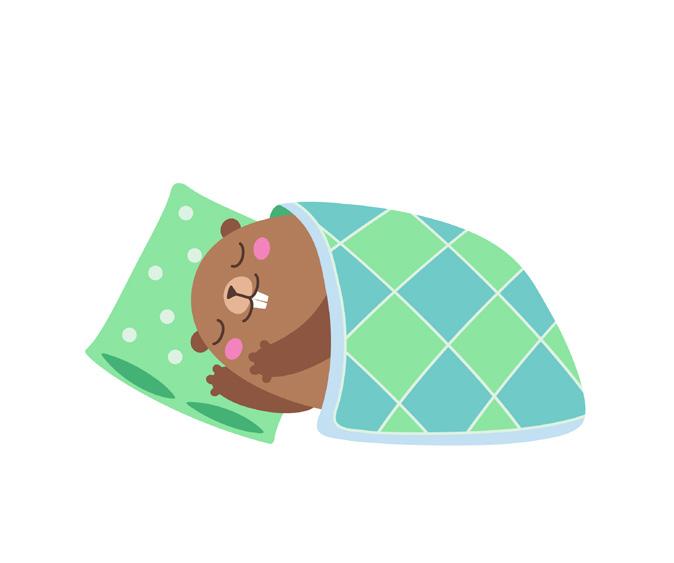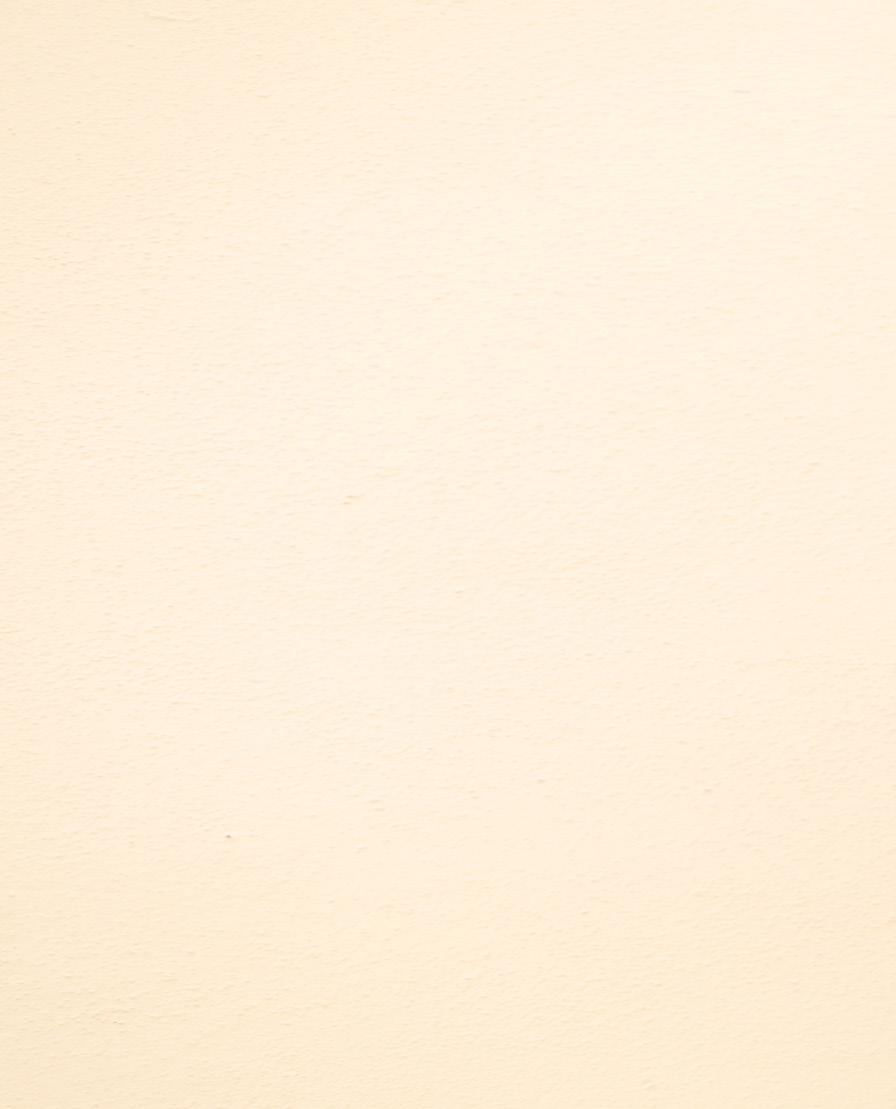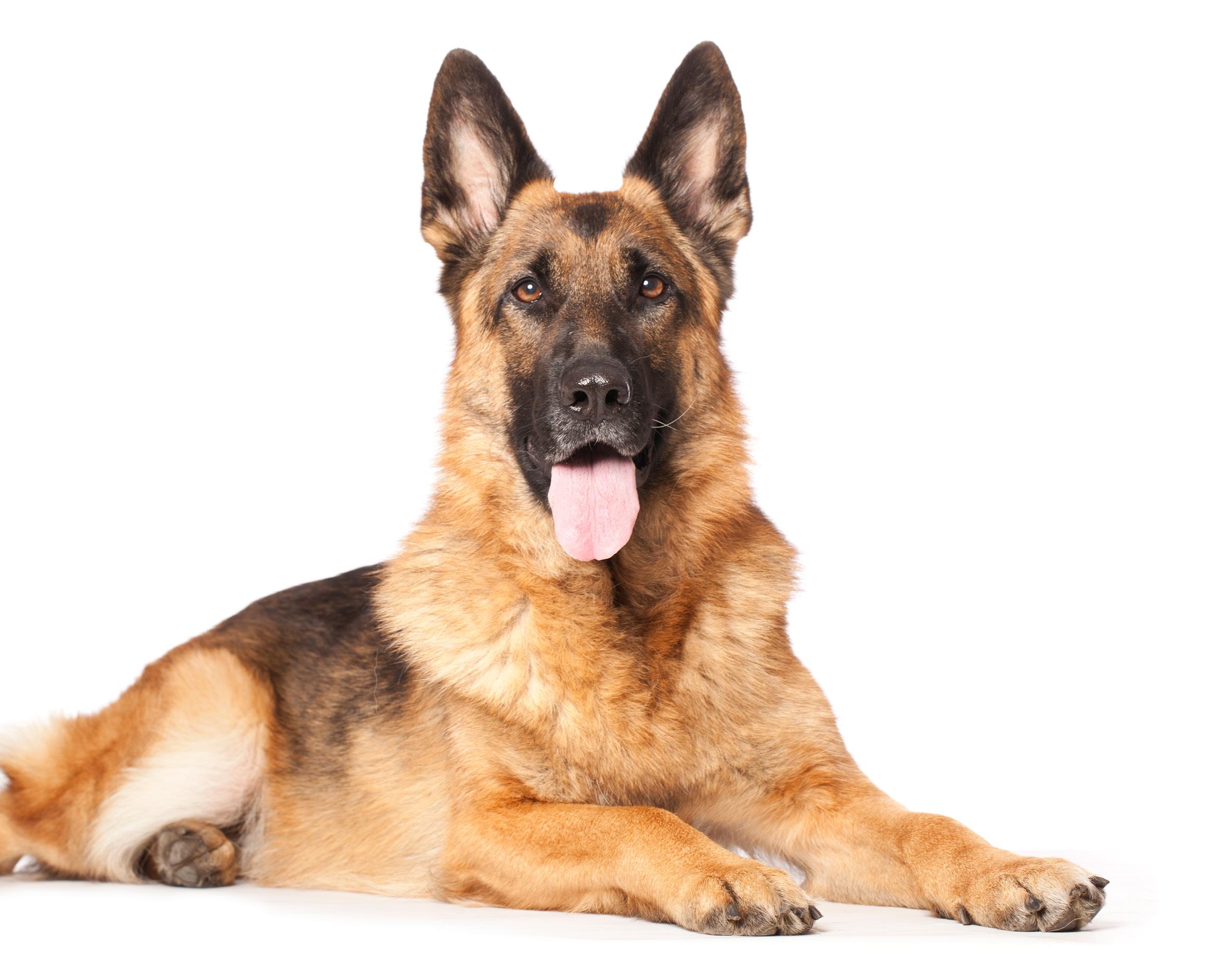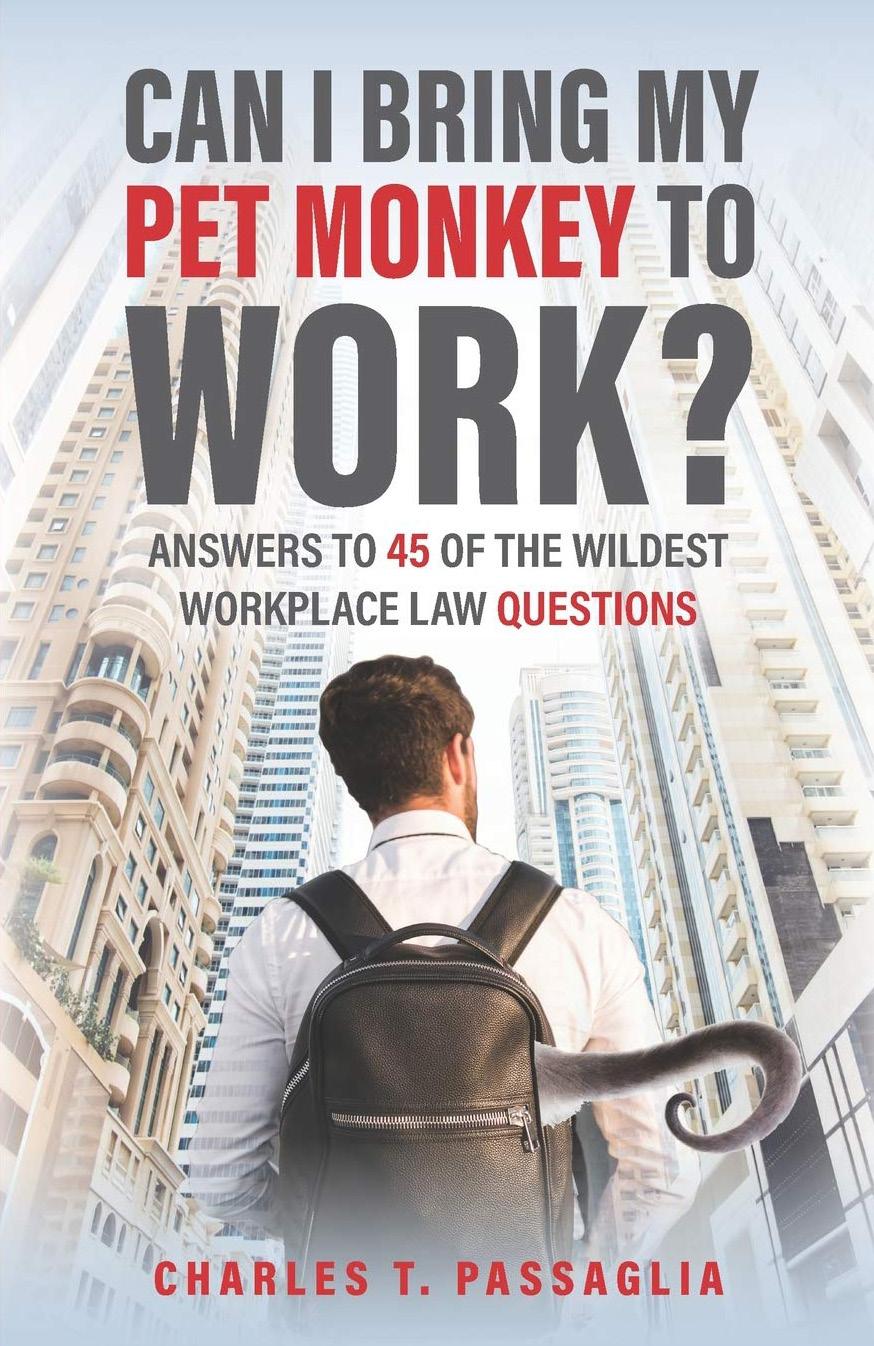
5 minute read
Pandemic Preventatives
By Danielle DavisRoe
Preventatives
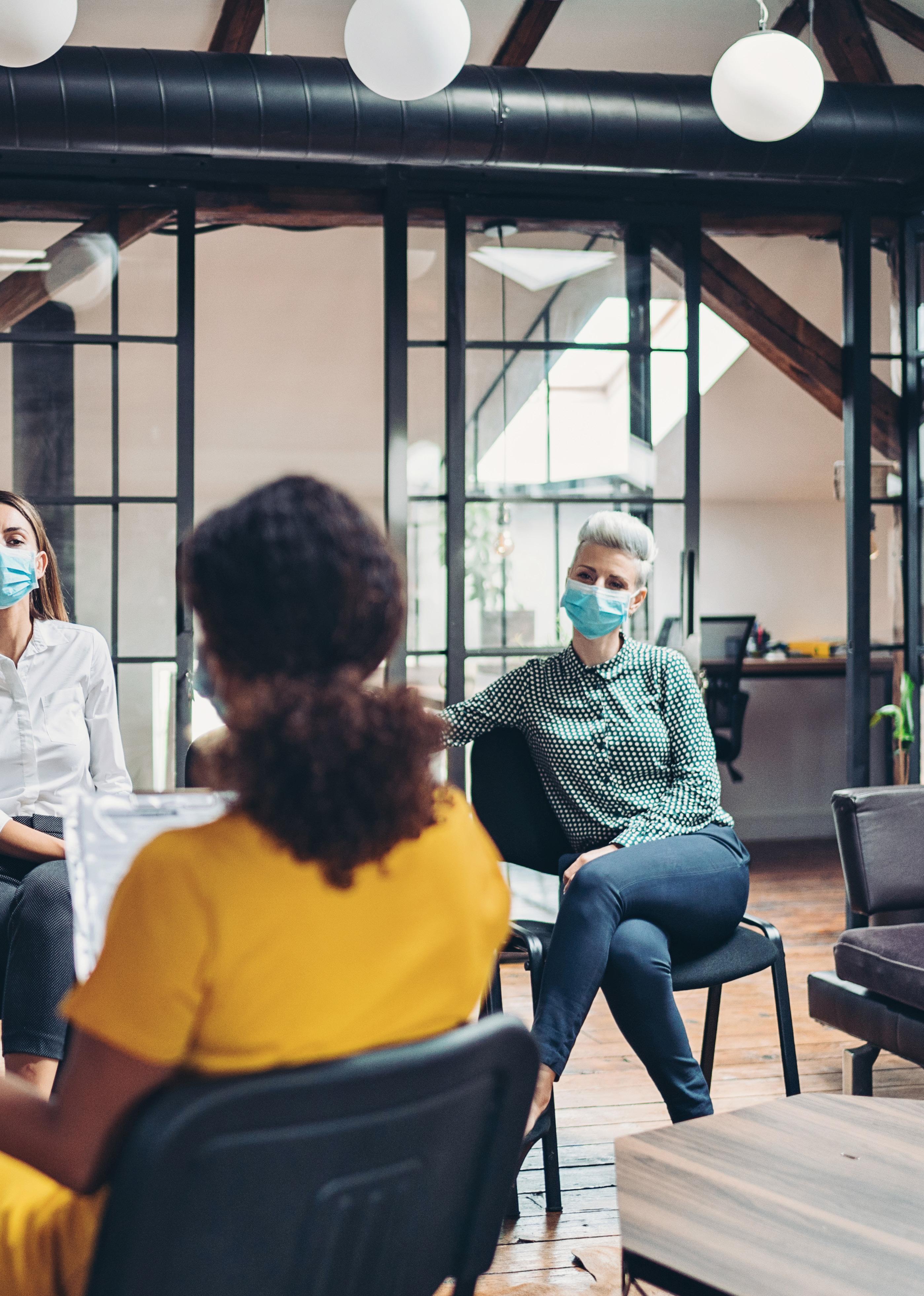
Whether you’ve been meeting with clients in person for months or are just starting to think about venturing out of your cocoon, it’s never a bad time to think about ways to better protect yourself. In the past year, a lot of technology aimed at protecting people has become mainstream. And with “safety” a buzz word and money to be made, we’ve witnessed tech additions to even the lowliest pandemic gear. Are they worth it or a waste? Let’s examine some.
High-Tech Face Masks
Love them or hate them, masks have become common place and required in most locations. I’d even wager that masks have replaced cigarette butts as the most commonly found litter. Despite ongoing vaccine rollouts, most experts say that masks are here to stay for at least awhile longer.
You’ve seen surgical masks, N95s, KN95s, and cloth masks, but have you seen high-tech face masks? If not, you might soon, as more companies are offering them. Just like the most effective practice management system is the one you’ll use, the most effective mask is the one you’ll wear.
The AirPop Active+ Halo Sensor mask, a high-tech mask, connects with an app on your smartphone. It tracks your breathing rate and local air quality index based on your location. It includes replaceable filters, and the app lets you know when it’s time to replace the filter. The AirPop has received a bevy of awards and certifications. The starter set costs $250 and each refill, good for 40 hours of use, costs $25. It may be wonderfully “designed for city life” as the website says, but did you ever expect a face mask to have an 8-page setup guide?
Others, like the MaskFone, focus on making it easier to wear a mask while on the phone. Combining Bluetooth earbuds and a microphone with a mask, the days of muffled audio may be over.
Cellphone UV Sanitizers
Experts have warned us for years that our cellphones are filthy. Prior to the pandemic, Apple warned users not to use cleaning products on iPhones because cleaners can damage the phones, particularly the touchscreens. Apple revised its website early last year to clarify that alcohol wipes can be used on hard surfaces. Despite the revision, many are hesitant to use wipes to clean their phones.
Fortunately, you can use UV light to sanitize your phone. UV light kills bacteria without damaging your phone. UV sanitizers typically work by placing your phone in a special case where the UV light is applied. Many of the cases also charge your phone while sanitizing it. Sanitizing can take as little as five minutes.
Hand Sanitizer
If you thought hand sanitizer was necessary, but boring, think again. New options are making hand sanitizer more interesting and practical. Refillable hand sanitizer dispensing wristbands ensure that you are never without hand sanitizer when you need it most (as long as you remember to refill the dispenser). Even if you don’t want to wear a dispenser on your wrist, travel sizes of hand sanitizer come with a wide variety of funny labels. Tuck one into your pocket or bag to cause your acquaintances to smile when sharing hand sanitizer before you get down to business.
Hand Washing with Smart Watches
Common advice says to wash your hands frequently, including when you enter your home. Now, smart watches can remind you to wash your hands when you get home or at pre-defined intervals. For Apple Watch users, it is as easy as turning on the handwashing reminders setting in the Apple Watch app - whenever you get home, your watch reminds you to wash your hands. On the other hand, Samsung watch users can set their watch to remind them to wash their hands at predefined intervals.
Wearable Trackers and Tracing Apps
If you’ve been notified in the past year that someone near you has contracted COVID-19, you have been left wondering whether you were in their proximity for long enough to consider yourself exposed. (In many locations, being near someone for less than 15 minutes doesn’t count as exposure.) Wearable trackers and tracing apps allow companies, schools, and sports teams to figure out how long any two people have been near each other.
Tracing apps only work for people who carry their smartphone (or wear their smart watch in some instances) with them all day. If people leave their phones in their offices and then congregate in the conference room or lunchroom, the apps aren’t effective. Wearable trackers, on the other hand, are worn as a person moves throughout their day.
Sound a little like big brother? You’re not the only one concerned. While being able to track exposure to COVID-19 makes many feel safer reopening their offices, many have raised privacy concerns. These apps and trackers only work when exposed to someone else who is also using the app or tracker. If your clients aren’t using them, your exposure to them will fly under the radar.
Temperature Scanners
While the lingering cough, difficulty breathing, and loss of taste and smell are well-known COVID-19 symptoms, one of the easiest symptoms to measure is someone’s temperature. Many businesses have been checking employee and customer temperatures at the door since the spring of last year. Others require employees to take their own temperature and self-report on a daily.
While thermometers are now back in stock most places, there are some high-tech temperature scanning options available now for firms that are back open for business. Thermal imaging systems can scan the temperature of dozens of people at once. While those are probably unnecessary for smaller firms, if you have a lot of people coming into the office at one time,
high-capacity scanners can reduce any bottle necks getting in the door. See bit.ly/2PGN8Tb for information from the FDA on using thermal imaging systems.
Symptom Checking Apps
Having employees and clients self-report symptoms may work better than full blown thermal imaging systems for smaller offices. Symptom checking apps, unlike the tracing apps discussed above, focus on identifying potential symptoms of COVID-19. Most of the apps present the employee each day with a survey related to COVID-19 symptoms. Depending on the app, the employee may be given instructions to get tested when applicable or the data may be submitted to the employer.
More Information
See citizen.org/article/workplace-privacy-after-covid-19 for a list of apps, trackers, and sensors, plus information on how each works, and who is using them.
DANIELLE DAVISROE is a Senior Consultant at Affinity Consulting Group. The Colorado Bar Association has partnered with Affinity Consulting to bring law practice management and technology-related resources to members. Visit cobar.org/mgmthq for more information on all the benefits of this partnership.
